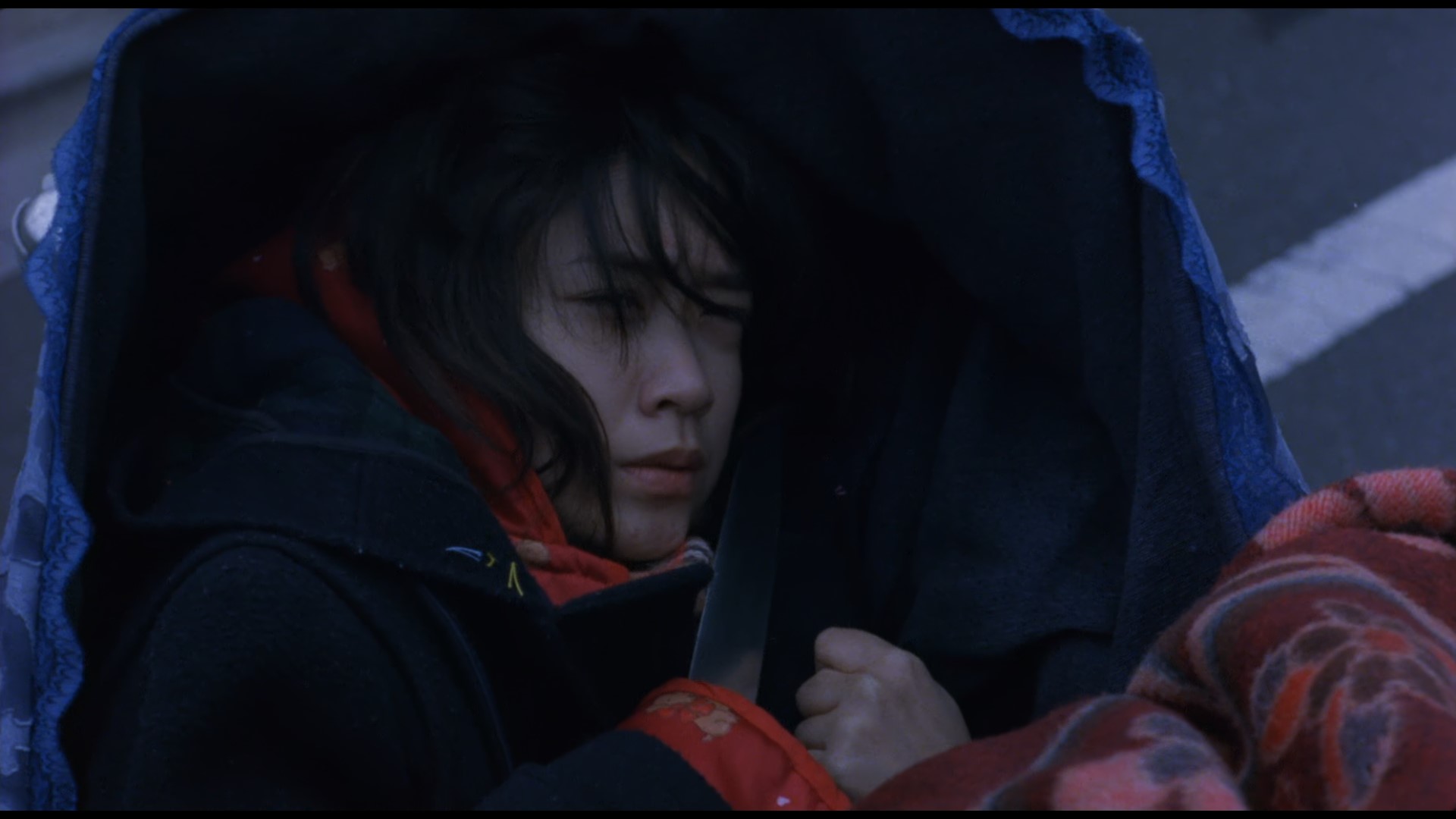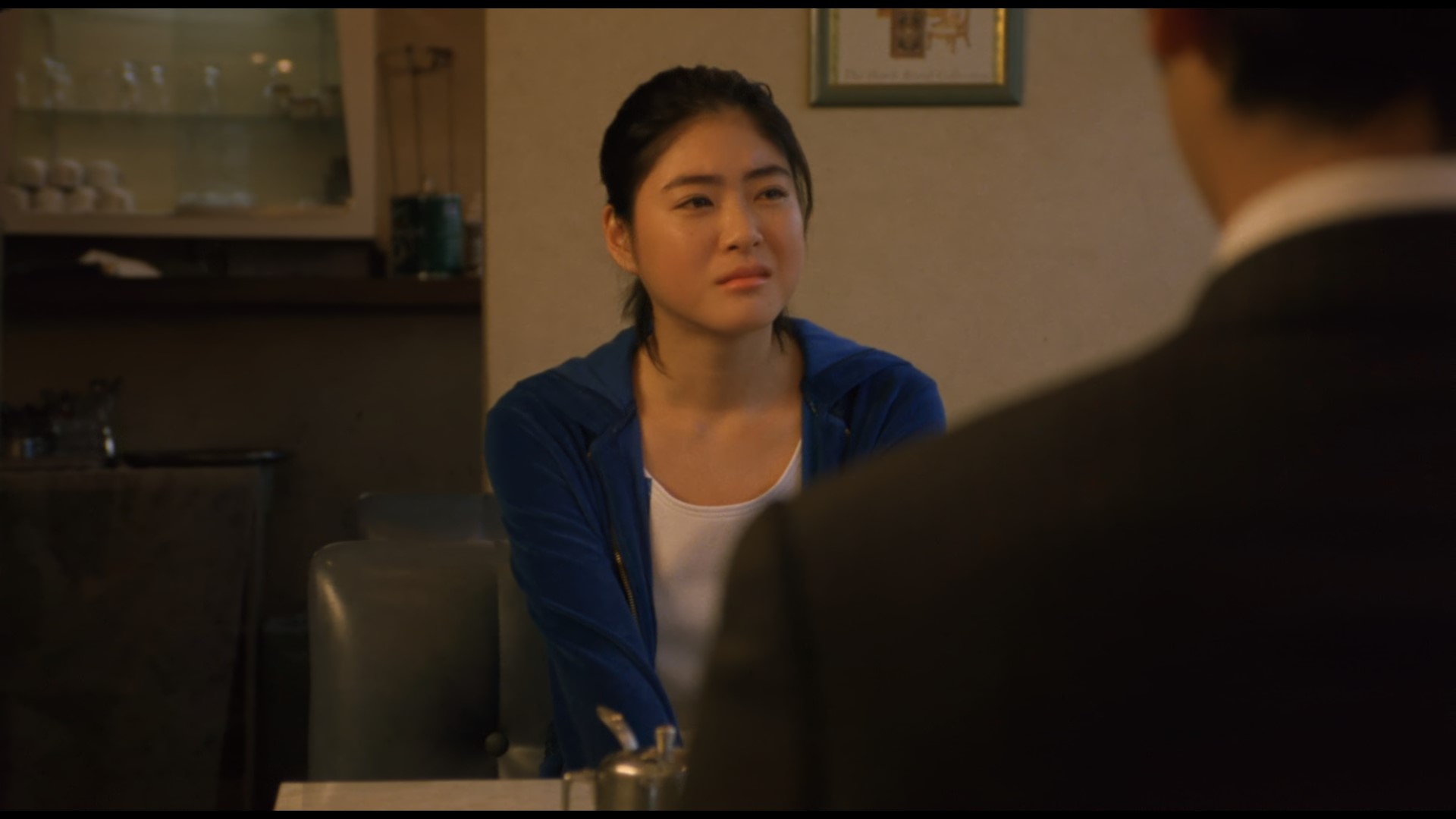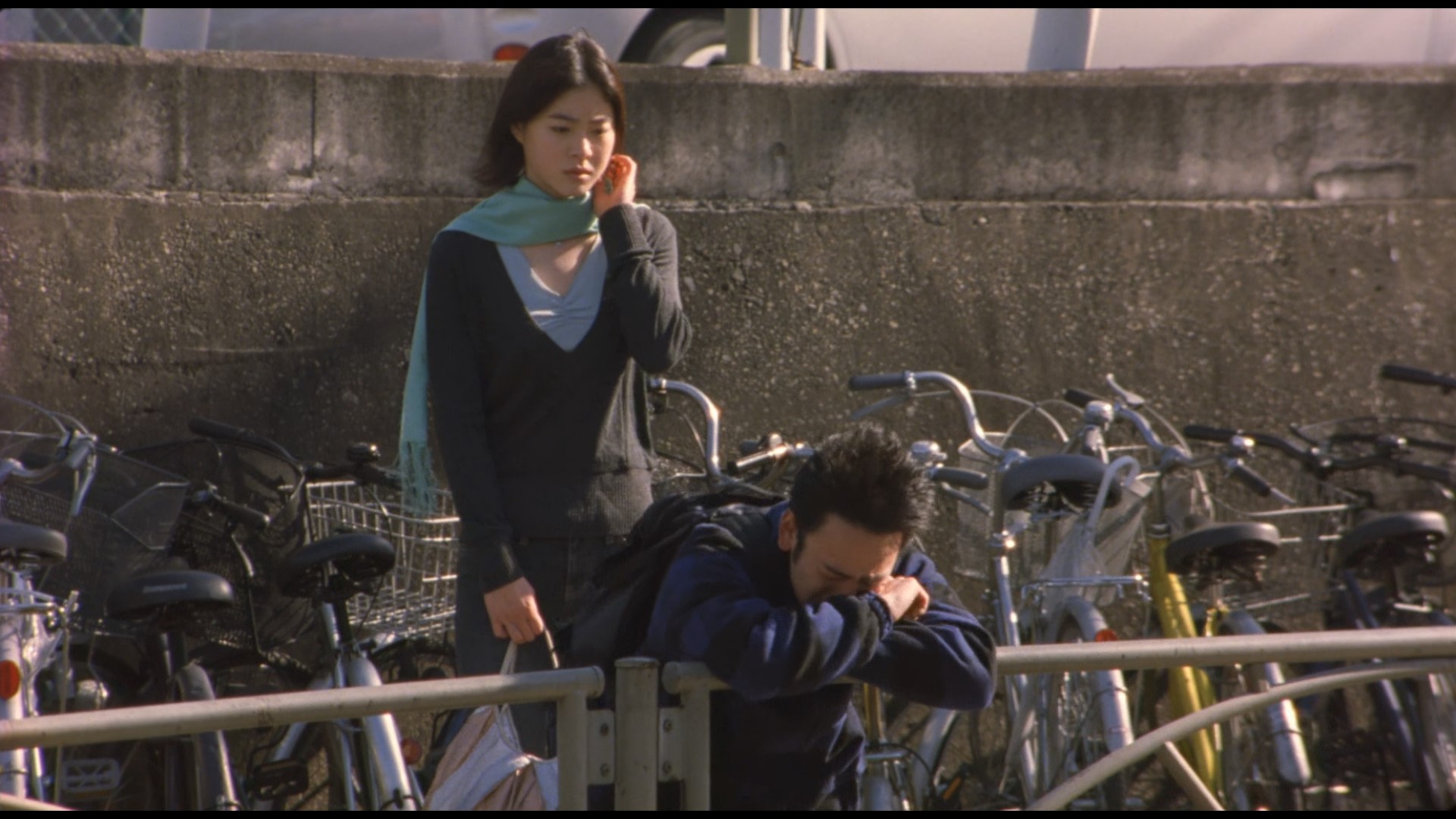Unlike popular romance movies, Josee, the Tiger and the Fish depicts a realistic love story between Kumiko, who is disabled, and Tsuneo, who is able-bodied, and deals with the breakup at the end of their relationship. The movie explores the meaning of true love by showing how a couple prepares for a breakup, and how they escape and embrace reality.
The plots of popular romance movies are often clichéd or predictable. They can be dramatic (Notting Hill 1999), unrealistic (About Time 2013), clichéd, or even juvenile (The Happily Ever After). While I was getting bored of romance movies with happy endings, I came across the movie Josee, the Tiger and the Fish. The movie is about the love story between Kumiko (also known as Josee) (Chizuru Ikewaki), a disabled woman who can’t walk due to a leg injury, and Tsuneo (Satoshi Tsumabuki), the male lead, who is able-bodied, and it shows a realistic love between a disabled person and a non-disabled person. What is realistic love? As a writer who is in a relationship in real life, I think ‘realistic love’ is a very important question, so I watched Josee, the Tiger and the Fish to find the answer to this question. And unbelievably, the realistic love that the movie was trying to talk about was breaking up.
There is a breakup at the end of love. We just don’t know when it will be. Throughout our love, we try to ignore the ‘reality’ of the separation that may come at any moment. This movie tells the story of Kumiko (Joje), a woman who prepared for separation while loving a man, but couldn’t help but love him even more.

The story of Kumiko and Tsuneo
The main character, Kumiko, is an orphan and is disabled with a crippled leg, and her grandmother is afraid of the social gaze of the outside world, so she used to sneak out in the early morning with her grandmother’s help in a stroller to see the outside world without being seen. Tsuneo (the male lead) meets Kumiko at dawn and helps her to see the outside world, and the two gradually develop a mutual attraction. Unlike Kumiko, Tsuneo has a girl who likes him, Kanae (Juri Ueno), who is noticed at school for her good looks, and Tsuneo has a rational crush not only on Kumiko but also on Kanae. At the beginning of the movie, Tsuneo’s position between Kumiko and Kanae was unclear. However, after Kumiko’s grandmother dies suddenly, Tsuneo cannot leave Kumiko alone, who is unable to live without help, so he abandons Kanae and goes to Kumiko. Kumiko falls in love with Tsuneo, and they move in together. Until the middle of the movie, it was a tender love story. Then, gradually, separation approaches.

Tsuneo’s Realistic Love, a Breakup on the Run
After a year of living with Kumiko, Tsuneo’s feelings for her are slowly changing, and his behavior shows it. While out in the city on business, Tsuneo meets Kanae, who has a part-time job. Kanae is devastated that she lost her lover (Tsuneo) to a disabled woman (Kumiko), and when she unintentionally shows her miserable state in front of Tsuneo, her pride crumbles and she cries. However, Tsuneo seems to comfort her by telling her that Kanae’s behavior is cute, only to gradually move away from Kumiko. For example, while traveling with Kumiko in the car, he tells Kumiko, who is curious about the outside world, “I’m driving, so stay still,” or he says, “I’ll have to get a wheelchair,” which makes Kumiko feel sad because he can’t carry her anymore, and he can’t easily answer his sister’s “Are you tired?” on the phone, which indirectly shows that Tsuneo is feeling more and more burdened by Kumiko as time goes on. A few more months pass, and eventually Tsuneo breaks up with Kumiko and (shockingly) goes back to Kanae.
At the beginning of the movie, the love that Tsuneo felt for Kumiko was pure and tender. So when he breaks up with Kumiko and goes back to Kanae, it comes as a shock and feels like a betrayal. However, in the final scene of the movie, Tsuneo reveals his true feelings in a monologue that goes something like this
“It was a simple breakup. There were many reasons. No, actually, there was only one. I ran away.”
Also, shortly after Kumiko’s breakup, Tsuneo suddenly breaks down while walking with Kanae and says the following monologue.
“We may break up and remain friends, but not with Joze (Kumiko).”
Why did he run away from Kumiko? There are many possible explanations, such as the responsibility, burden, or regret that came with loving Kumiko, or the love he felt for another woman (Kanae), but the most likely explanation is hindsight. In the moment of first falling in love with Kumiko, Tsuneo didn’t see reality (Kumiko’s disability) in her eyes. He might have thought it was something he could overcome. But as time goes on, he begins to recognize Kumiko’s disability, which had been obscured by his love, just as he says, “I should get her a wheelchair.” As Kumiko’s grandmother says at the beginning of the movie when she kicks Tsuneo out of the house, “Bachelor, please don’t come here, she (Kumiko) is crippled and can’t handle someone like you,” Tsuneo eventually can’t handle Kumiko’s reality and runs away.
This scene suggests that Tsuneo’s reason for running away was not entirely of his own volition. If it had been a “simple breakup,” as Tsuneo himself says, he wouldn’t have been so upset because it was his own decision. She wouldn’t have run away. Through Tsuneo’s running away and her feverishness, I can see that her breakup was a voluntary decision, a surrender to reality. Tsuneo’s behavior in returning to his ex-girlfriend, Kanae, a woman of beauty that anyone would envy, is a result of surrendering to reality, and as such, Tsuneo’s love was real and his breakup was incomplete.

Kumiko’s breakup was perfect because she knew it was coming, and her love is strong
Kumiko is smart enough to read and memorize all the books her grandmother gives her on the street. And she wants to be called Joje. Joje is the protagonist of her favorite novel, One Year Later, and during the film, Kumiko reads a passage from the novel, which goes something like this
“There will come a day when you won’t love him.”
“And one day I won’t love you either. We’ll be alone again, and everything will be like that, just another year that’s gone by.”
“Yeah, I know.”
For Kumiko, disability has been a part of her life since birth, a harsh reality she’s lived with. From her first meeting with Tsuneo to their parting, Kumiko has never forgotten that fact. From the moment she fell in love with Tsuneo, Kumiko knew that she was “the kind of person someone like you (Tsuneo) couldn’t handle,” and like Joje in the novel, she knew that “one day I won’t love you either.” The movie poignantly shows Kumiko’s realistic attitude. In the final scene, while Tsuneo is sleeping, Kumiko looks at the fish in the room and says the following.
“Deep in the ocean, I swam out of there to have the dirtiest sex in the world with you. There’s no light, no sound, no wind, no rain, just silence, but it’s not so lonely, because there was nothing there to begin with. It’s just time passing, slowly, slowly, and I’ll never be able to go back there again, and one day, when you’re gone, I’ll be like a lost seashell, alone, at the bottom of the deep, rolling around, and that’s not so bad.”
As long as Kumiko has loved Tsuneo, she has never forgotten that there is separation at the end of this happiness. That’s what makes it tragic. It also makes Kumiko look pitiful and pathetic in the scenes where Tsuneo is slowly pulling away from her. So when they break up, I expected her to be more sad than Tsuneo. However, after the breakup, she doesn’t cry. With the memory of her love for Tsuneo in her heart, she goes back to her normal life and eats her meals calmly. The contrast between the two men and women’s reactions to the same breakup is stark. Kumiko is able to face the breakup with such ease because she hasn’t forgotten the reality of her situation and is conscious of the fact that it will come at any moment. Perhaps she loved him all the more because she knew it was a love that would end. To leave no regrets. And just like that, at the moment of parting, she sends Tsuneo away without regret. It’s frighteningly realistic.
Do you think anyone prepares for a breakup when they start to fall in love? Many people focus on love without thinking about breakups. I don’t feel comfortable discussing it, and I don’t even dare to think about it. It’s also a taboo topic for the person you love or the people around you. “So, when are you going to break up with her?” is a common question asked of couples who are going well together. Kumiko, however, has been consciously preparing for the breakup from the beginning, but in a different way. She loved Tsuneo without regret. Unlike Tsuneo, who was in a hurry to move on, Kumiko’s love for him is stronger because of this awareness. That’s why she was able to have a true “gentle parting. After watching the movie, I had a question. Is tsuneo-style love, where you ignore the breakup and focus on the love, right? Or is Kumiko’s kind of love, where you love and prepare for separation at the same time? Maybe we’ve been ignoring the reality of love and preparing for separation at the same time.
 I’m a blog writer. I want to write articles that touch people’s hearts. I love Coca-Cola, coffee, reading and traveling. I hope you find happiness through my writing.
I’m a blog writer. I want to write articles that touch people’s hearts. I love Coca-Cola, coffee, reading and traveling. I hope you find happiness through my writing.